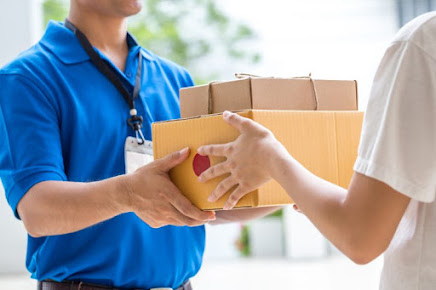Package theft is becoming more and more of a problem in the United States. As online shopping becomes more popular, people find themselves with packages left out on their doorsteps or even stolen right off their front porch. In 2019 36% of Americans had reported having had their packages stolen at least once in their residence.
It's imperative to be aware of this trend to take steps to protect your packages from being taken. This blog post will outline some common package theft trends and precautions you should take to ensure your shipments don't get lost or stolen.
Package Theft Statistics
Studies revealed that, on average, one Us citizen estimates to receive at least 45 packages throughout the year. The latter is supported by an increase in Amazon Prime membership to 51%. On the other hand, non-members receive on average 25 packages per year. With each package containing goods worth hundred to thousands of USD, thieves have seen this as an easy target to make a fortune.
About 83% of package stolen victims immediately contact the seller, and the police realize that their package was stolen. However, only 13% of the police case filed are followed up.
Soluions to Package Theft
There are several steps you can take to ensure that your packages arrive safely at their destination. Here's a list of precautions you should consider taking:
1. Scheduled Package Deliveries
Always schedule package deliveries when someone is available to receive them or request signatures upon delivery. If there's nobody home, the sender may opt for redelivery on a different day or for you to pick up the package in person.
The best time is between lunch and dinner when people are home. The sender may also deliver the packages at your workplace during business hours instead of leaving them unattended on your doorstep overnights.
2. Installing a Front Door Camera
A front door camera can be a powerful tool for deterring package thieves. The video footage not only allows you to identify the thief but may also help determine how they got access to your property.
You should consider installing cameras at every entrance of your home if possible, including side entrances, garage doors, and windows that are within reach of thieves.
The best type of camera to install is a wireless one. For wireless cameras, they are easy to install without professional help. It would be best if you also considered getting cameras with night vision capabilities. Such cameras will help even at night time when visibility tends to drop significantly.
3. Enlist A Neighbor's Help
If you are not home when your package is delivered, ask a neighbor to check on the packages for you. You can also request that they hold it in their possession until your arrival. Alternatively, you can permit them to leave the package outside of your door if there's no safe place where they could put it indoors while away from home.
You can also ask them to take pictures of the packages for you before they leave the parcel with you. The latter will help identify any mix-ups, like theft, damage, or late deliveries.
Conclusively, package theft is a serious issue. If you are not home when the package arrives, enlist your neighbor's help or request a signature upon delivery whenever possible. You can also purchase shipping insurance to protect against any mishaps during transit and install front door cameras with night vision capabilities.












